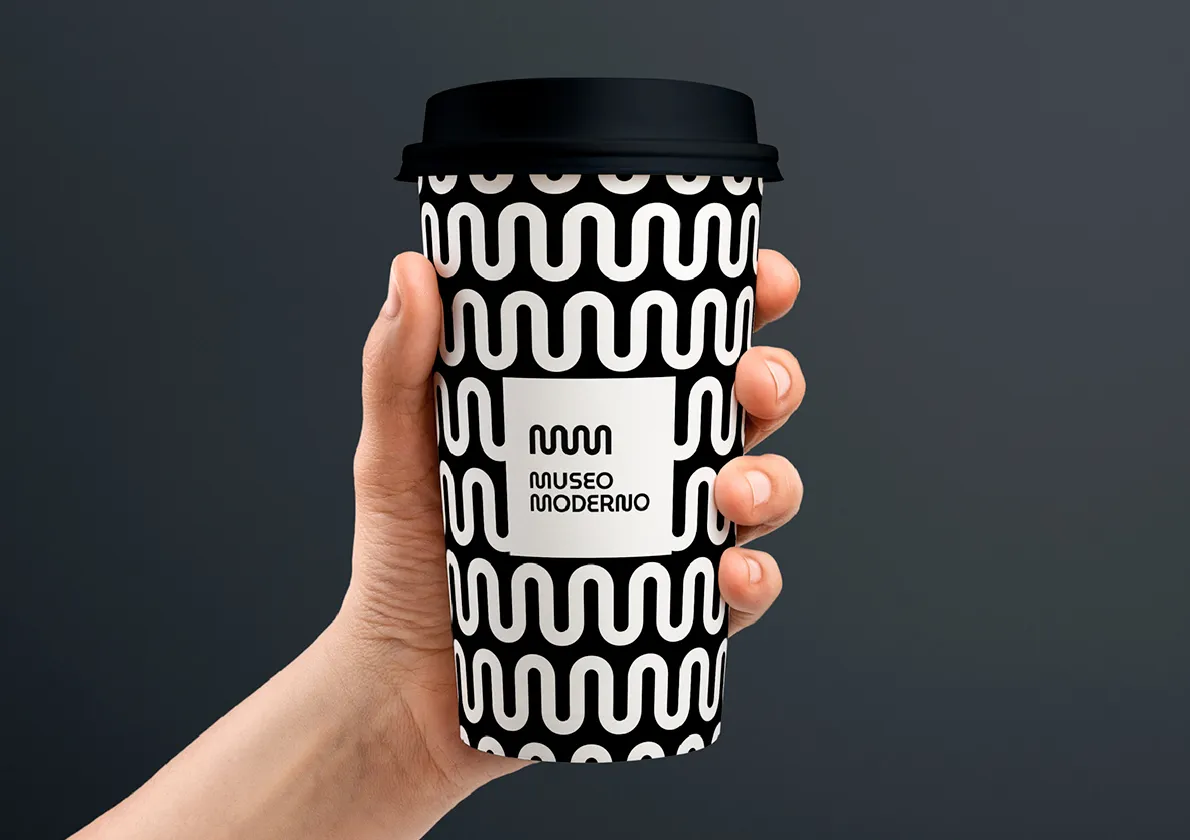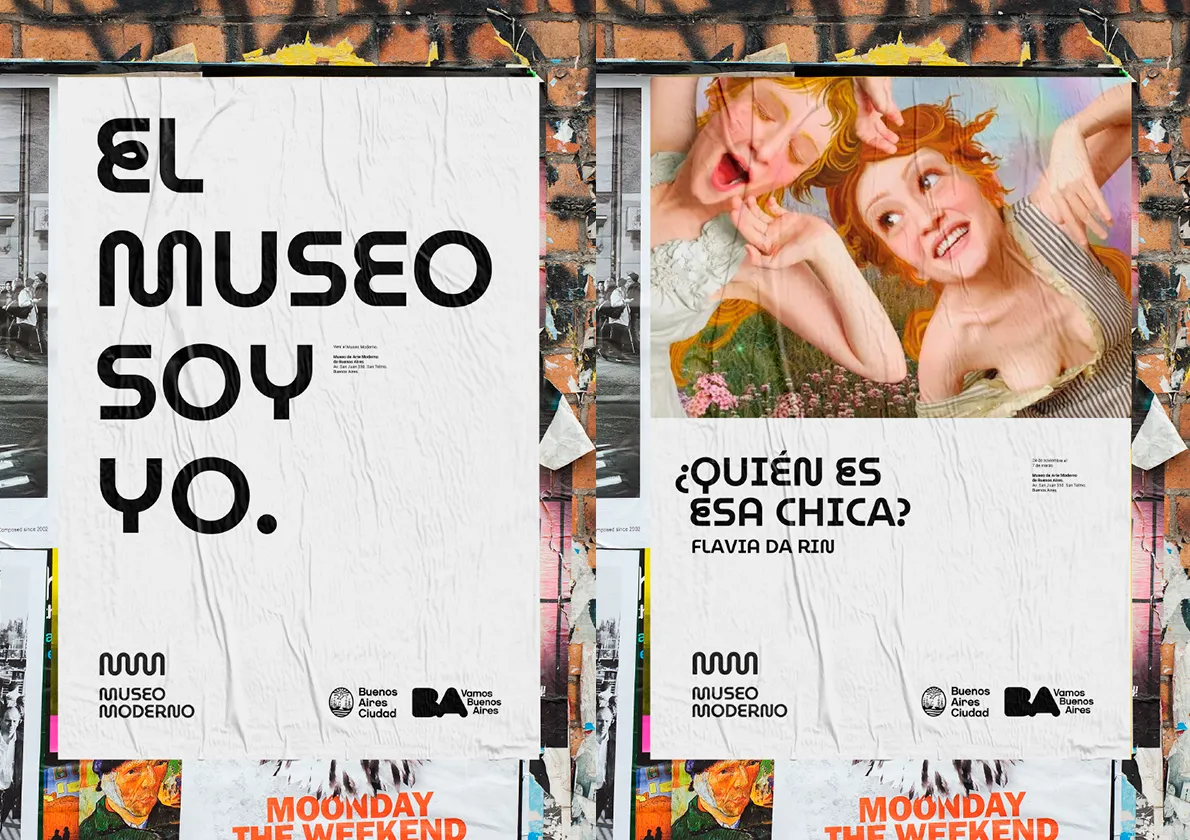


【獎項 Prizes】 優選 Distinction
【國家或地區 Country/Region】 Argentine阿根廷
【公司/團隊 Company/Group】
【設計師姓名 Designer】 Martin Gorricho
【作品介紹 Description】
設立於西元1956年,阿根廷布宜諾斯艾利斯的現代藝術博物館至今共收藏了超過七千件來自20和21世紀的阿根廷現代和當代及國際藝術作品。佔地四千平方公尺,該館專門用來展出國家文化遺產和舉辦國內外藝術家的限期特展。坐落於聖泰爾莫傳統舊城和旅遊觀光勝地近郊,此博物館幾乎太過遠離最繁忙的藝術還道了。即便擁有該區最出類拔萃的收藏品,現代藝術博物館仍須加倍努力交流以提高自身在地圖上聲名狼藉的存在感和能見度。 阿根廷布宜諾斯艾利斯的現代藝術博物館是一個於西元1956年創立的公共機構,擁有佔地四千平方公尺的土地面積,專門用來展出超過七千件的國家現代藝術遺產作品。收藏該區舉世無雙的展品加上最高標準的獨特生產和修復技術及展品背後新穎且頗具啟迪性的發想,該博物館不僅未能為社區實現它真正的價值,反而被視為一遙遠而靜止的建築本身。前幾個月的時間皆花在從事廣泛的調查工作上。我們訪問了所有來自博物館各部門的成員,以及外部的藝術和文化領袖。藉由此種深入的調查,我們得以了解博物館的實際情況,它是如何被人們所看待、想像與期望。我們決定為博物館設計一種能賦予其獨特聲音的字型。 我們稱此種字體設計為「Omnibus綜合字型」,代表一種全國性的字體結構,也因而誕生了MuseoModerno這個品牌,一個特別為標題命名打造的自由授權字型,其靈感源自20世紀上半葉的藝術運動和博物館收藏品之印記。此款新的排印成為新識別系統相當重要的標誌。新的身分標識,包含其商標和符號皆與為此一博物館特地打造的字體息息相關。博物館的新識別設計讓它能順利對準並傳達組織的真實形象。新品牌也留下了一些極端的修正,不僅使博物館的規模變得顯而易見,更使它充滿活潑、振奮人心和大膽的特性。透過這個品牌設計,阿根廷布宜諾斯艾利斯的現代藝術博物館終於得以展現它的真正價值。
Created in 1956, today its collection includes more than 7,000 works of modern and contemporary Argentine and international art from the 20th and 21st centuries. It has 4,000 m2 dedicated both to exhibiting its heritage and to presenting temporary exhibitions of national and foreign artists. Nestled in the traditional and touristic neighborhood of San Telmo the Museum is geographically removed from the busiest art circuits. Even with the region's most important collection, the Museum must make a superior communication effort to achieve visibility and notoriety on this map. The Museum of Modern Art of Buenos Aires is a public institution created in 1956 that it has 4,000 m2 dedicated to exhibiting its heritage of more than 7,000 pieces of modern art. With the region's most important collection and the unique ability to produce and cure its own exhibitions with the highest standards and with innovative and stimulating proposals beyond the exhibition itself, the Museum failed to realize its real value to a community that perceived it more distant and static than it was. The first months of work were devoted to an extensive survey, the interview of members from all sectors of the Museum as well as external art and culture leaders, a stage of in-depth investigation that would account for the actual situation of the Museum, how it was perceived and how it was imagined, desired. We decided the development of a typeface for the Museum that would give it a unique voice. For its design, we call Omnibus-Type, a national font fabric, with whom we developed MuseoModerno, a free license font specially designed for titling, inspired by artistic movements from the first half of the 20th century and crossed by the imprint of the Museum's collection. The new typography became a quite significant sign of the new identity system. The new primary signs of identity –logotype and symbol– are closely related to the font specially designed for this Museum. The Museum's new identity design allows it to align its communication with the organization's real profile. The new brand leaves behind some extreme correction and makes visible not only the scale of the Museum but its vibrant, stimulating and bold character. The Museum of Modern Art of Buenos Aires, with this brand, begins to shows its real value.



